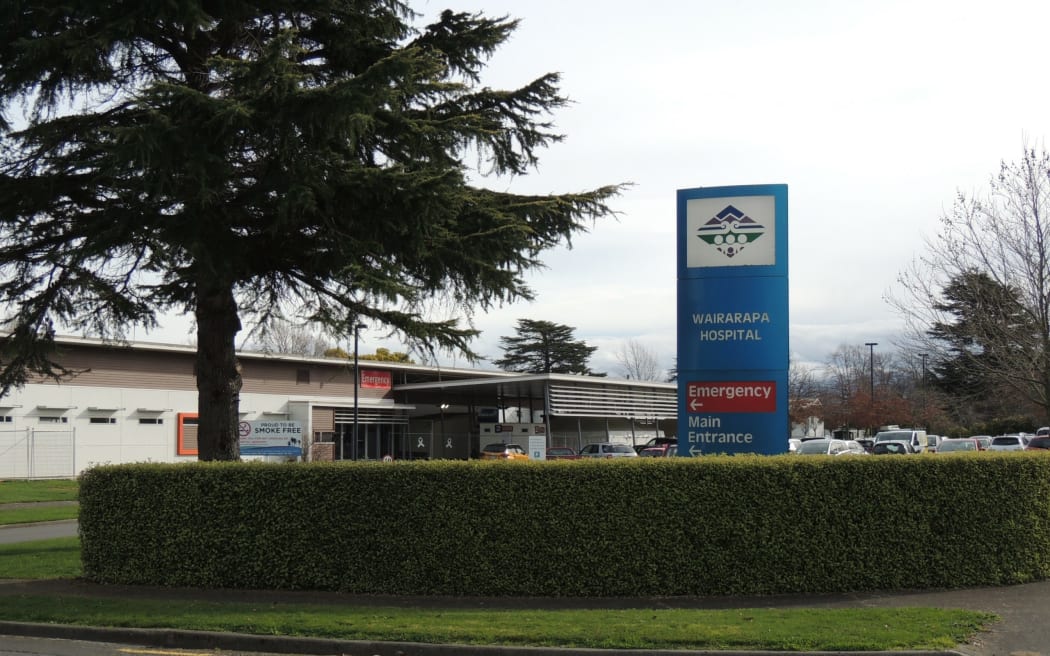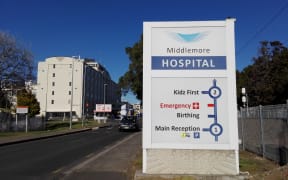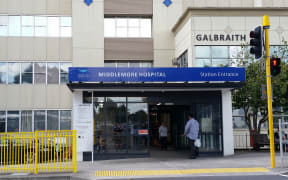
Photo: Supplied
A former Wairarapa DHB member has told Wellington High Court how the DHB found out about the seismic defects in the hospital building.
Masterton chartered accountant Leanne Southey has given evidence in the case Te Whatu Ora (formerly Wairarapa DHB) has brought against Masterton District Council (MDC) about seismic defects in the hospital. Te Whatu Ora are claiming up to $100 million in damages, interest and costs from the council. The four-week trial started on 31 July.
Southey told the court the DHB only became aware of the widespread structural defects in the hospital, including its risk of failure in a large earthquake, after receiving an expert report in 2018.
She said she joined the DHB board in 2010.
"At that time the hospital had been open for around four years and was operating effectively. It was a new facility and so there was no reason for me or the other board members to think it might not be compliant with the building code or have structural defects," she said.

Southey said the board and the relevant audit committee proceeded on that basis.
She told the court operational staff at the hospital included a building and property facilities manager, who was responsible for maintenance of the DHB's facilities.
"The DHB did not have in-house engineering staff and relied on external consultants to assess, design and oversee any upgrades or remedial works to its buildings," she said.
Southey understood MDC electronic records showed a code compliance certificate (CCC) was issued for the Hospital on 25 January 2011.
"I was on the board at this time. I have no recollection of this being raised with the board. The issuance of a CCC would have likely been an operational business-as-usual matter. And so it is unlikely that the board (and audit committee) would have been notified," she said.
Southey said documents dated 2013 and 2016 had raised relevant issues.
"The 2016 paper records that as a result of a review of documents relating to the long-term investment plan process the 2013 report on the seismic restraint of building services had been found and that its key recommendations had been identified in audits, and mitigations had been implemented.
"A remedial action plan was to be prepared for the remaining recommendations."
The 2016 paper referred to a structural review of all buildings, including the main hospital building.
"Including current codes as part of the long-term plan. The paper concluded that seismic restraint of building services has a natural higher priority than a seismic review of structural elements of the main hospital building."
Southey said this paper did not require the board to make resolutions and was a 'noting only' paper.
"The actions proposed were operational matters for management," she said.
She recalled the DHB's focus was on the seismic restraint of building services, and implementing recommendations from the 2013 report.
"I do not recall there being any concerns raised about the structural integrity of the main Hospital building. The DHB understood that the main Hospital had been built in accordance with the Building Code, and was expected to remain functional after a significant earthquake."
Southey said between late 2016 and mid 2017 a number of firms were approached to do the work required for the building services, and the work started in late 2017.
After this, the DHB received a notice from MDC regarding seismic risks.
"It was apparent that the notice had been issued on the basis of an absence of relevant information, including engineering assessments of the hospital on the council's file," she said, prompting further enquiry.
"The DHB engaged LGE consultants to assess the primary structure of the building.
Southey said the DHB was not expecting LGE's assessment to raise any significant issues, because the hospital was around 10 years old and they understood it had been designed and built in accordance with the Building Code.
Southey said remedial work done on the identified seismic restraint of building services was fully completed in 2019 to successfully address life-safety issues.
The LGE consultants' report was issued in 2018.
"The report concluded that the main hospital building does not comply with the strength and serviceability requirements for an importance level four building. Therefore, parts of the hospital may not remain operational after a one in 500-year earthquake."
Local Democracy Reporting is Public Interest Journalism funded through NZ On Air.




